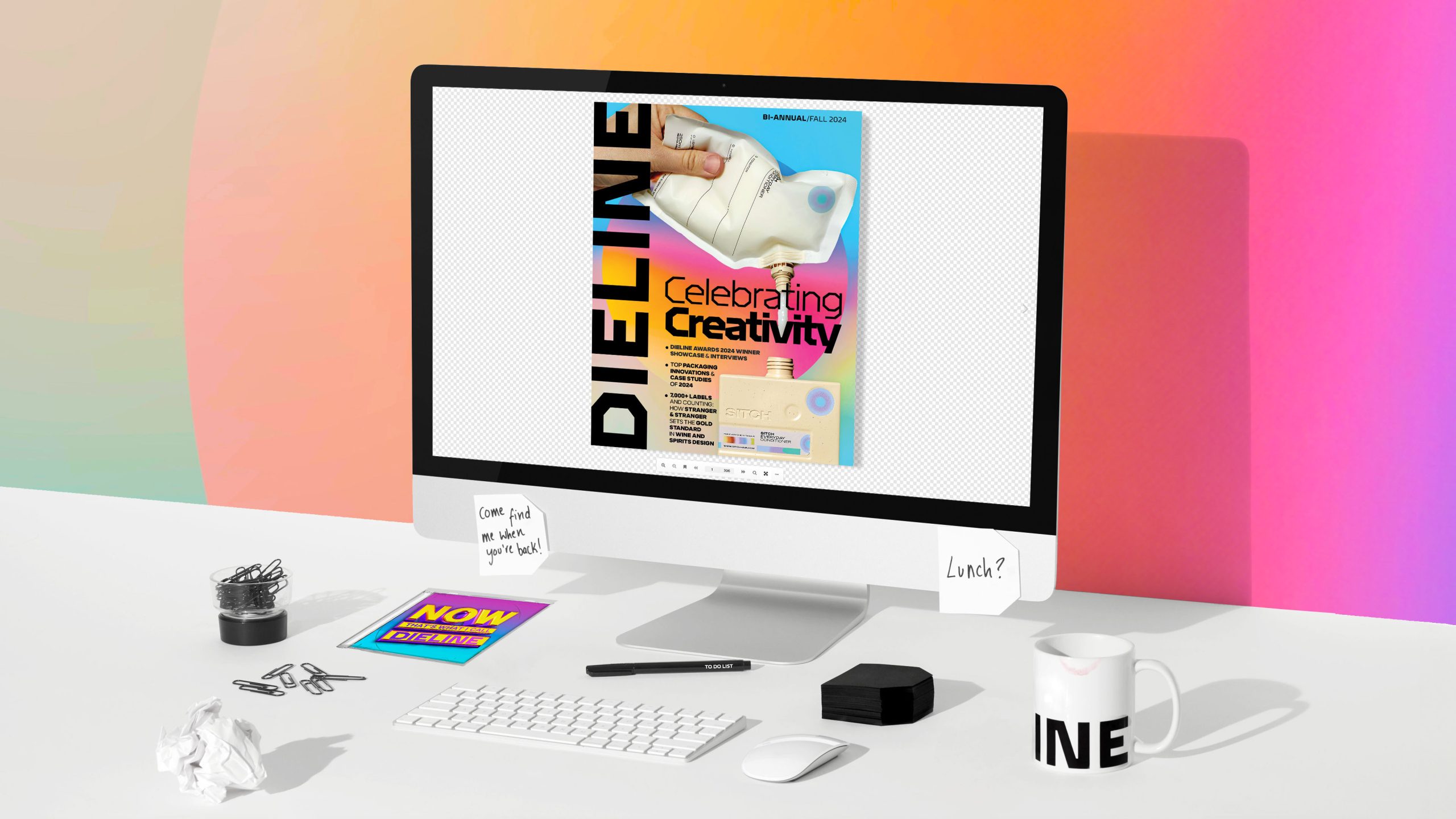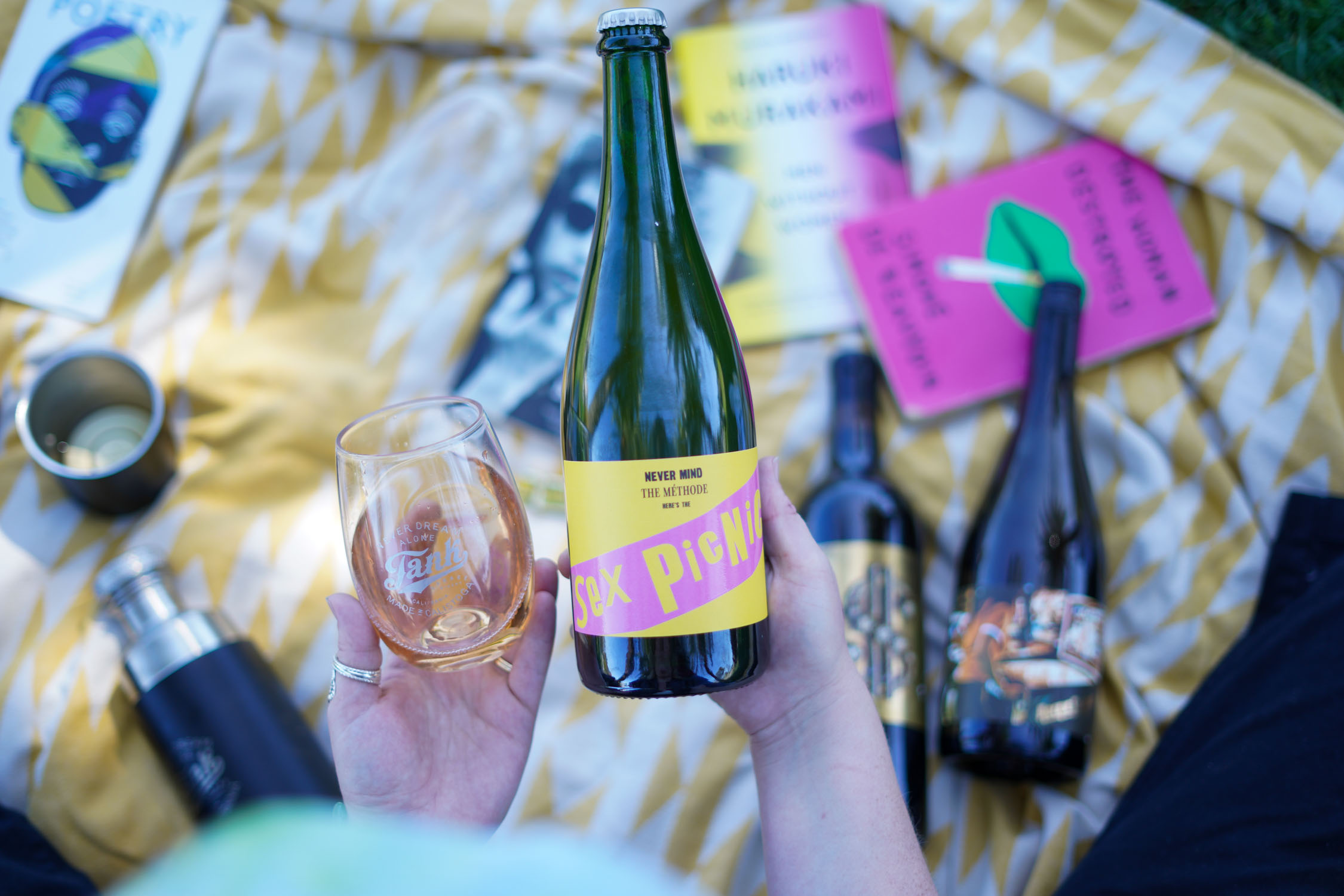There’s power in standing out.
But there’s also strength in standing out with greater purpose, especially when you’re trying to create something inclusive and more eco-conscious. Cora’s brand refresh, developed by Mother Design, does just that, and they even snagged the 2023 Dieline Award for Best Redesign doing so.
Mother updated the packaging system with a few goals in mind. First, the brand wanted to compete within retail spaces to maximize its shelf appeal. Secondly, they wanted to become more relevant to help millennial shoppers feel inspired to shift to a brand that values sustainability and better period care products.
“You need to understand the emotional motivations behind buying a particular brand. Often, the brands in this sector are the ones your parents have bought you, and you end up sticking with those because that’s the product you trust,” shares Kirsty Minns, Mother Design’s executive creative director. “So much work is involved in converting consumers to try something new. So it’s just understanding those barriers, which comes down to making it relevant to the audience.”
Minns’s team first began the project with a deep dive into the period care category, talking to industry experts and looking at the products in their actual environments. But they also wanted to imagine the future of the category to rethink what it should look like, including how sustainability can play a more integral role in the packaging and the actual products.
“We wanted to look at positioning Cora differently from the rest of the category, and that set the foundations for the rest of the design,” says Minns. “The positioning was about bringing comfort to the uncomfortable, which became the design’s foundations. And once that phase happened, we went into the territory phase.” Once Cora selected the design direction they liked best, Mother went into development and began to flesh out every system element needed for the brand to deliver its intention.”
The rebrand concentrated on capturing the undeniable fluctuation felt in every part of life by those who menstruate. The elements are visualized through vibrant typography, a contemporary color palette, and a smart use of negative space. Additionally, the updated logo helps drive the brand into an easily recognizable area thanks to its oversized trustworthy attitude. The tilted “O” in the logo is supported by the “C” to highlight the brand’s compassionate perspective.
Minns shared that both the brief and the client created an inspiring canvas for the redesign to come to life. “It’s a dream to work with a client like Cora who wants to do both good in the world and change some of these out-of-date stereotypes within the period care category.” Minns is correct here—the category could stand a shakeup, as, visually, it’s still reliant upon cliche color palettes, medical undertones, and overly flowery designs.
“Tampax had always been on my hit list to rebrand because it’s something you have in your home every month, yet it just gets shoved in a drawer,” Minn adds. “What excited me was working with a progressive client who wanted to change things up and stand behind some great causes.”
Cora is doing a lot of work to try and end period poverty and help those needing resources. With every Cora purchase, the brand supplies period products and body literacy resources to those who might otherwise go without.
Of course, the redesign didn’t come without its challenges. Minns shared that thinking about the design from a future product development perspective and the massive range of products challenged the team.
“There’s a challenge in designing a system that works for so many different products and designing with future product development in mind,” she shared. “And then the challenge when you’re designing packaging for a retail space that you can’t control is making sure that you think about maximizing that standout shelf appeal when you can’t control the environment it’s in.”
The design team had to consider the lighting of specific stores to accommodate some of the packaging materials used. “What the packaging looks like on the shelf of a small pharmacy will look different from what it will look like in Costco. So we worked extensively on testing in different lighting and positions to test different product SKUs together.”
Additionally, the design team had to factor in the brand’s sustainable values. The brand’s tampons, for example, are made from 100% organic cotton with a new plant-based compact applicator, and the pads get made with a 100% organic cotton top sheet. “Cora committed to the product being sustainable, and part of the barrier is that something ‘natural’ has an association with being not as efficient. So in terms of the product, it’s about converting people to the natural product.” Within the period care space, some brands focus too much on sustainable cues, but, in reality, consumers are looking for a brand that works. So sometimes, it’s necessary to move away from cliche imagery.
“We knew we wanted to break the perceptions of sustainability not being what consumers want from your period care product. We wanted to ensure that the brand showed up much more confidently,” Minns revealed. “Its eco-credentials are very clearly on the pack, but it’s not the thing that’s leading the visual language because that can sometimes hurt whether consumers switch over to this product.”
The result of an award-winning redesign often looks like the process was straightforward. But, behind the scenes, the approach is extensive, time-consuming, and filled with thinking beyond how a design looks on a screen in the initial phases.
“Consumers don’t want to spend hours searching for their period care products,” Minns says. “They want to know that the product works, and we want to be able to get to it quickly. And our job was to design with that in mind.”














